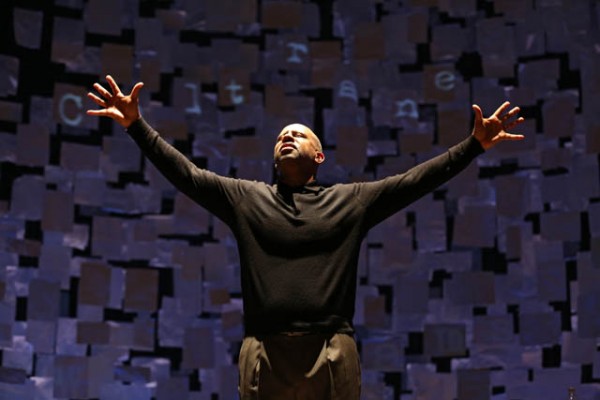AD REINHARDT
David Zwirner
537 West 20th St. between Tenth & Eleventh Aves.
Tuesday- Saturday through December 18, free, 10:00 am – 6:00 pm
www.davidzwirner.com
DONALD JUDD: STACKS
Mnuchin Gallery
45 East 78th St.
Tuesday- Saturday through December 14, free, 10:00 am – 5:30 pm
www.mnuchingallery.com
Two of the most important and influential abstract artists of the twentieth century currently have revelatory gallery shows in New York that focus on very specific aspects of their careers. Both men were fairly or unfairly associated with Minimalism, both were key posthumous inclusions in Gagosian’s 2005 group show “Imageless Icons: Abstract Thoughts,” and both handled shape, form, color, and texture in masterful, revolutionary ways. Donald Judd and Ad Reinhardt were contemporaries who defied convention and died relatively young, Reinhardt at fifty-three in 1967, Judd at sixty-five in 1994. At David Zwirner’s Twentieth St. space, thirteen of Reinhardt’s extraordinary black paintings have been brought together, the most since a 1991 retrospective at MoMA. The exhibit, being held in honor of the centennial of the Buffalo-born artist’s birth, is designed to adhere as close as possible to Reinhardt’s exacting specifications regarding such elements as light, placement, and access. At quick glance, of course, the paintings appear to be all-black squares, but upon closer examination it becomes apparent that each one is very different, containing shades of blue, red, and green, composed in cruciform configurations that emerge into smaller squares and rectangles that Reinhardt painted while the canvas lay flat on a table in his studio. The colors and shapes move in and out of focus as one’s gaze continues, every moment morphing into a new joy. It’s a whirlwind display, thrilling and alive, as if each canvas is a living, breathing object. Here’s how Reinhardt described the black paintings: “A square (neutral, shapeless) canvas, five feet wide, five feet high, as high as a man, as wide as a man’s outstretched arms (not large, not small, sizeless), trisected (no composition), one horizontal form negating one vertical form (formless, no top, no bottom, directionless), three (more or less) dark (lightless) no-contrasting (colourless) colours, brushwork brushed out to remove brushwork, a matte, flat, freedhand painted surface (glossless, textureless, non-linear, no hard edge, no soft edge) which does not reflect its surroundings — a pure, abstract, non-objective, timeless, spaceless, changeless relationless, disinterested painting — an object that is self-conscious (no unconsciousness) ideal, transcendent, aware of no thing but art (absolutely no anti-art).” The stellar exhibit also includes a slide show of hundreds of architectural photographs Reinhardt took over the years, as well as dozens of his playful cartoons, from hysterical takes on Hitler to his “How to Look” series.
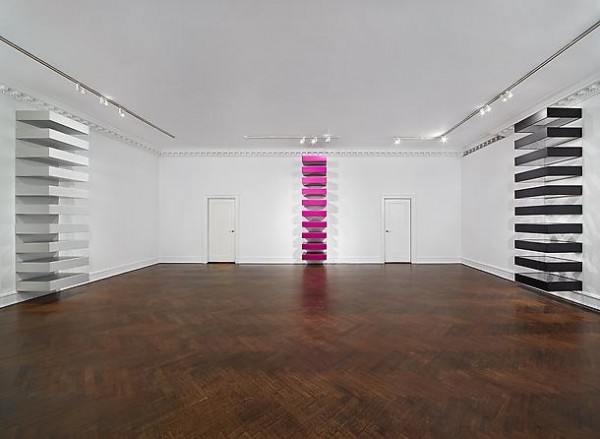
Mnuchin display includes eleven of Donald Judd’s “Stacks” (Tom Powel Imaging, Inc. / © Judd Foundation)
Meanwhile, uptown at Mnuchin, “Stacks” is the first show to concentrate solely on Judd’s signature oeuvre. Spread across several rooms on two floors, the exhibit features eleven stacks from 1968 to 1990, ten of which consist of ten units of equal size and color, constructed of stainless steel, anodized aluminum, galvanized iron, or copper, most often with colored Plexiglas, the units stacked one above the other from floor to ceiling, the space between as important as the physical objects themselves. The light casts intriguing shadows that extend the works, which are composed in blue, amber, yellow, violet, green, white, or black. Just as Reinhardt spoke of brushwork removing brushwork, the Missouri-born Judd said of his stacks, “Well, I am not interested in the kind of expression that you have when you paint a painting with brush strokes. It’s all right, but it’s already done and I want to do something new. I didn’t want to get into something which is played out and narrow. I want to do as I like, invent my own interests. Of course, that doesn’t mean that people who, like Newman, still paint are worn out. But I think that’s a particular kind of experience involving a certain immediacy between you and the canvass, you and the particular kind of experience of that particular moment. I think what I’m trying to deal with is something more long range than that in a way, more obscure perhaps, more involved with things that happen over a longer time perhaps. At least it’s another area of experience.” As with Reinhardt’s black paintings, Judd’s stacks are also deserving of lengthy views to absorb their full impact as they interact with the light, especially in an upstairs room with windows. The Judd show is being held in conjunction with the opening of Judd’s house at 101 Spring St. to the public. Among the works owned by the Judd Foundation and on view in the house is Reinhardt’s “Red Painting.”
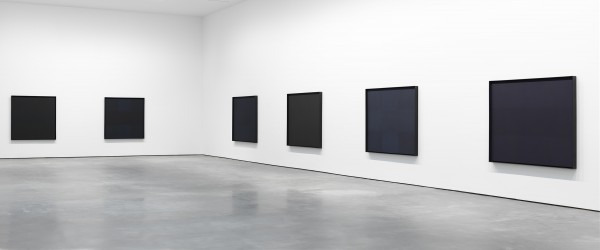
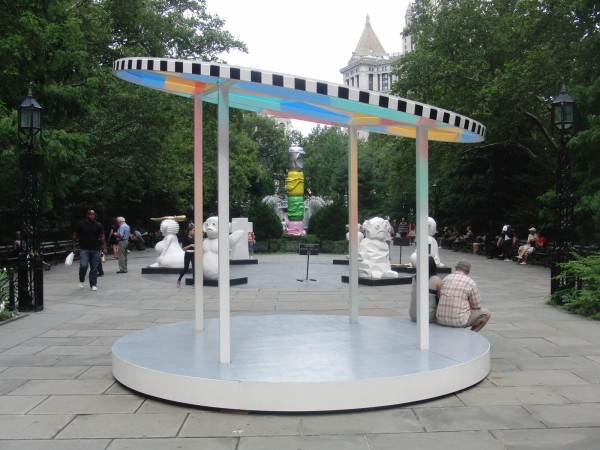
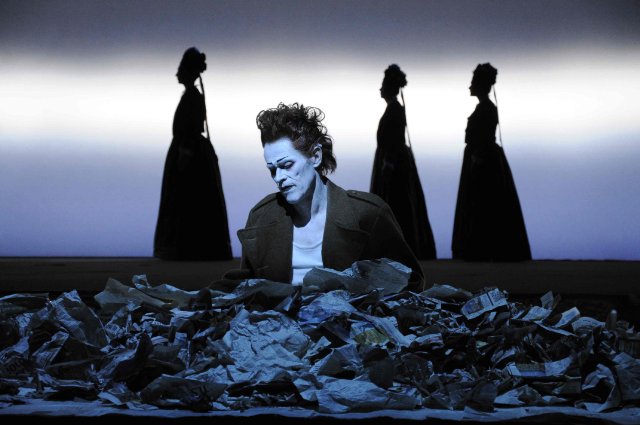
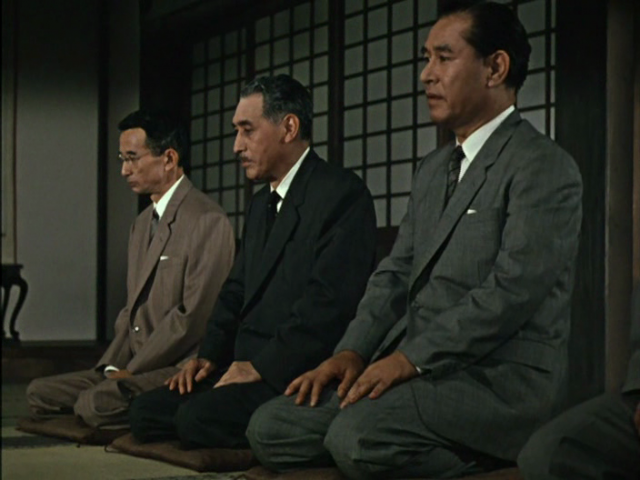
 Yasujirō Ozu revisits one of his greatest triumphs, 1949’s
Yasujirō Ozu revisits one of his greatest triumphs, 1949’s 
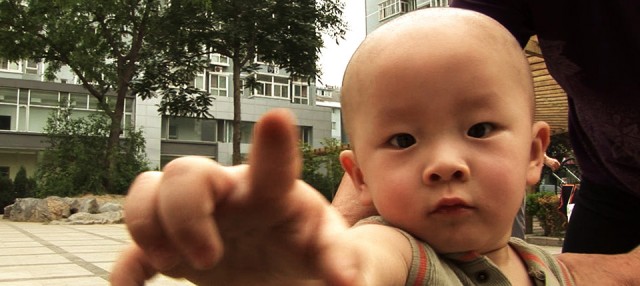
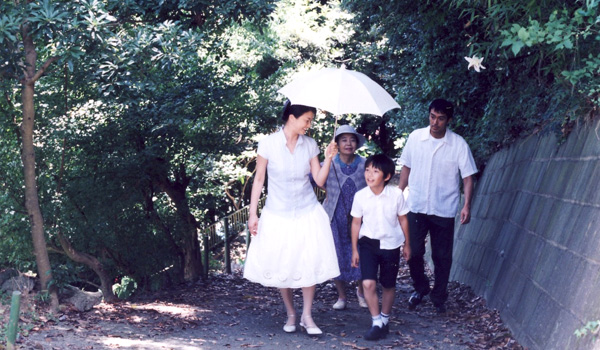
 Flawlessly written, directed, and edited by Hirokazu Kore-eda (Maborosi, Nobody Knows), Still Walking follows a day in the life of the Yokoyama family, which gathers together once a year to remember Junpei, the eldest son who died tragically. The story is told through the eyes of the middle child, Ryota (Hiroshi Abe), a forty-year-old painting restorer who has recently married Yukari (Yui Natsukawa), a widow with a young son (Shohei Tanaka). Ryota dreads returning home because his father, Kyohei (Yoshio Harada), and mother, Toshiko (Kirin Kiki), are disappointed in the choices he’s made, both personally and professionally, and never let him escape from Junpei’s ever-widening shadow. Also at the reunion is Ryota’s chatty sister, Chinami (You), who, with her husband and children, is planning on moving in with her parents in order to take care of them in their old age (and save money as well). Over the course of twenty-four hours, the history of the dysfunctional family and the deep emotions hidden just below the surface slowly simmer but never boil, resulting in a gentle, bittersweet narrative that is often very funny and always subtly powerful. The film is beautifully shot by Yutaka Yamazaki, who keeps the camera static during long interior takes — it moves only once inside the house — using doorways, short halls, and windows to frame scenes with a slightly claustrophobic feel, evoking how trapped the characters are by the world the parents have created. The scenes in which Kyohei walks with his cane ever so slowly up and down the endless outside steps are simple but unforgettable. Influenced by such Japanese directors as Mikio Naruse, Yasujiro Ozu, and Shohei Imamura, Kore-eda was inspired to make the film shortly after the death of his parents; although it is fiction, roughly half of Toshiko’s dialogue is taken directly from his own mother. Still Walking is a special film, a visual and psychological marvel that should not be missed. It’s screening December 11-12 as part of the Film Society of Lincoln Center festival “Ozu and His Afterlives,” which honors the 110th anniversary of the master filmmaker’s birth and the 50th anniversary of his death; he died on his birthday at the age of sixty in 1963. The series features Ozu’s
Flawlessly written, directed, and edited by Hirokazu Kore-eda (Maborosi, Nobody Knows), Still Walking follows a day in the life of the Yokoyama family, which gathers together once a year to remember Junpei, the eldest son who died tragically. The story is told through the eyes of the middle child, Ryota (Hiroshi Abe), a forty-year-old painting restorer who has recently married Yukari (Yui Natsukawa), a widow with a young son (Shohei Tanaka). Ryota dreads returning home because his father, Kyohei (Yoshio Harada), and mother, Toshiko (Kirin Kiki), are disappointed in the choices he’s made, both personally and professionally, and never let him escape from Junpei’s ever-widening shadow. Also at the reunion is Ryota’s chatty sister, Chinami (You), who, with her husband and children, is planning on moving in with her parents in order to take care of them in their old age (and save money as well). Over the course of twenty-four hours, the history of the dysfunctional family and the deep emotions hidden just below the surface slowly simmer but never boil, resulting in a gentle, bittersweet narrative that is often very funny and always subtly powerful. The film is beautifully shot by Yutaka Yamazaki, who keeps the camera static during long interior takes — it moves only once inside the house — using doorways, short halls, and windows to frame scenes with a slightly claustrophobic feel, evoking how trapped the characters are by the world the parents have created. The scenes in which Kyohei walks with his cane ever so slowly up and down the endless outside steps are simple but unforgettable. Influenced by such Japanese directors as Mikio Naruse, Yasujiro Ozu, and Shohei Imamura, Kore-eda was inspired to make the film shortly after the death of his parents; although it is fiction, roughly half of Toshiko’s dialogue is taken directly from his own mother. Still Walking is a special film, a visual and psychological marvel that should not be missed. It’s screening December 11-12 as part of the Film Society of Lincoln Center festival “Ozu and His Afterlives,” which honors the 110th anniversary of the master filmmaker’s birth and the 50th anniversary of his death; he died on his birthday at the age of sixty in 1963. The series features Ozu’s 
